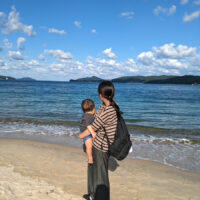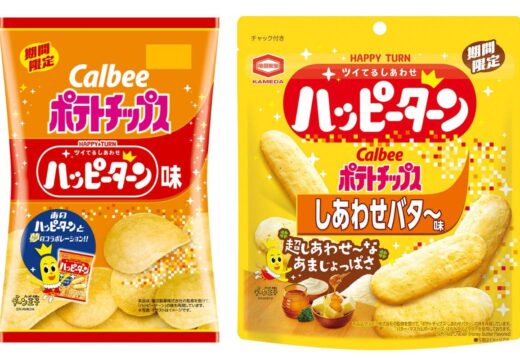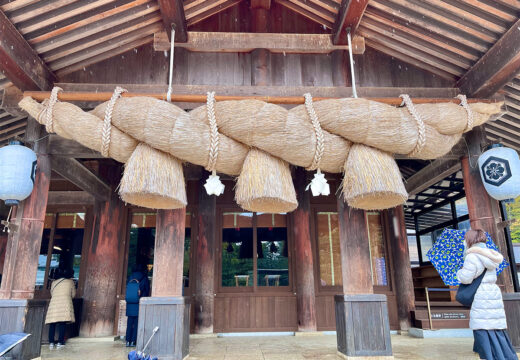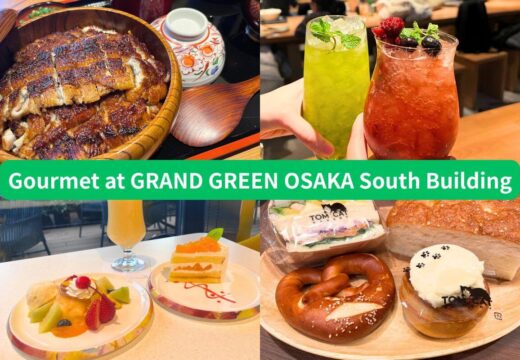Nakagawa Town, Tochigi Prefecture, where you can find healing in Japan’s most beautiful countryside and clear streams
Category: experience Food&Drink Goods Sightseeing
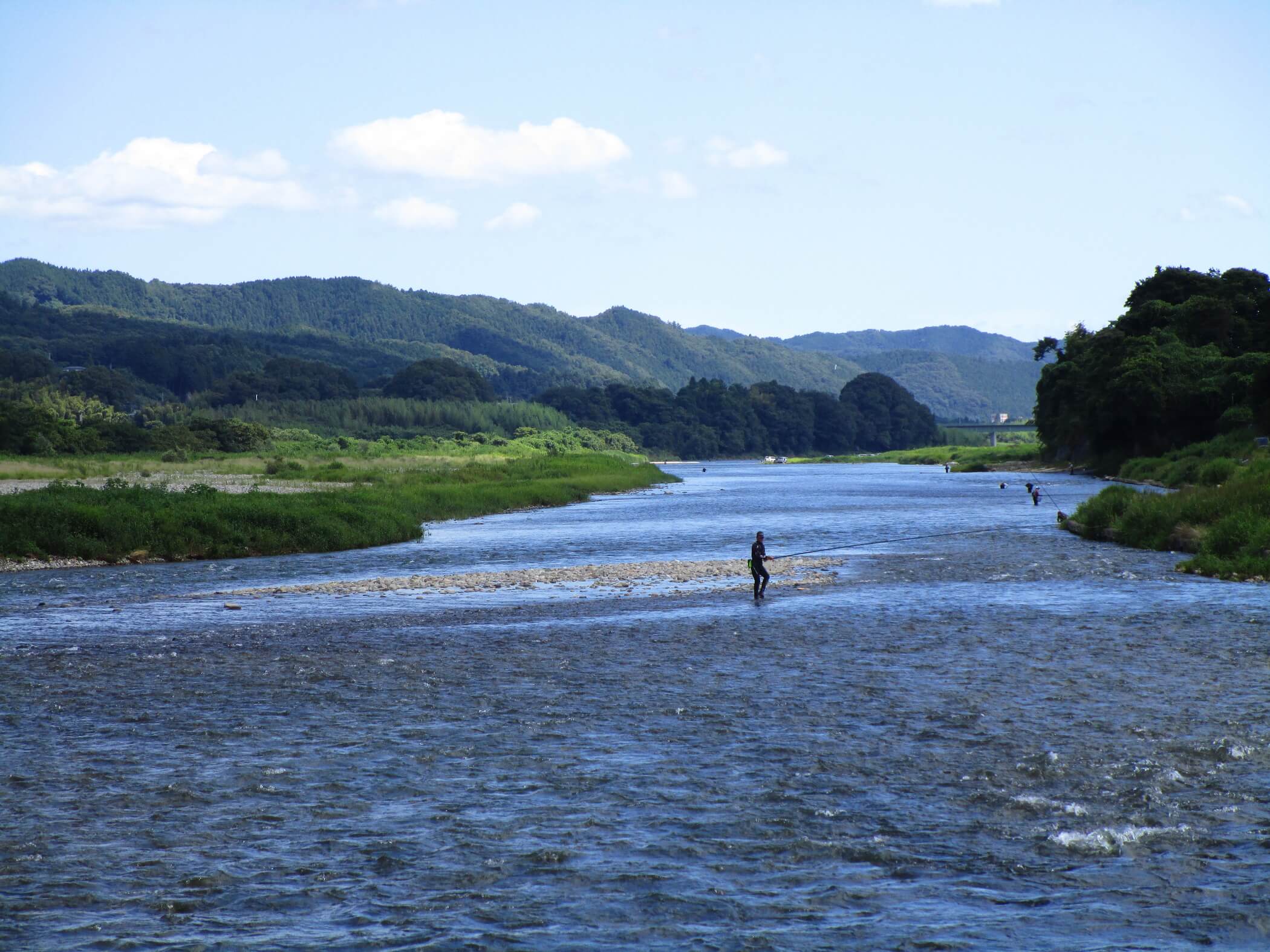
Tochigi Prefecture is located in the northern part of the Kanto region. Nikko and Nasu are popular tourist destinations that can be reached from Tokyo. This time, we will introduce Nakagawa Town, a hidden tourist spot in Tochigi Prefecture. This town, with its rich natural scenery, pure Nakagawa River, and unique art museums, is quietly attracting attention not only from within Japan but also from foreign tourists. It is a must-see for those who want to take it easy and enjoy sightseeing in the Japanese countryside.
What is Nakagawa Town, Tochigi Prefecture?
This town is located in the northeastern part of Tochigi Prefecture, adjacent to Ibaraki Prefecture. It is home to the Naka River, one of the clearest rivers in the Kanto region, from which the town is named, and beautiful satoyama forests, making it a popular area for golfing, camping, and other outdoor activities. It also has high-quality hot springs and unique art museums, and is becoming increasingly popular as a tourist destination with good access from the city center.

The Nakagawa River also boasts the highest number of wild ayu fish (sweetfish) in Japan, making it a famous mecca for ayu fishing. Ayu fishing is permitted every year in June, and in August the town is bustling with tourists who can catch ayu using traditional fishing gear and enjoy ayu cuisine.
History of Nakagawa Town
People have lived here for over 10,000 years, and important ancient tombs are dotted around, including Komagata Otsuka Tomb, which is said to be the oldest ancient tomb in the Kanto region, and civilization has developed there since ancient times.
During the Nara and Heian periods, about 1,300 to 800 years ago, Nasu Kanga was established as the government office of Nasu County, and it is said to have played an important role as the political and cultural center of the Nasu region.
From the Middle Ages onwards, with the exception of Mumo-sho (present-day Bato district), the area was ruled by the Nasu clan, one of the samurai and samurai families. In the early modern Edo period (1603-1868), Mumo-go (present-day Bato district) became the territory of the Mito Tokugawa clan, and Tokugawa Mitsukuni, known for his work Mito Komon, visited the area many times, and it is said that he renamed Jizo-in Temple to Bato-in Temple.
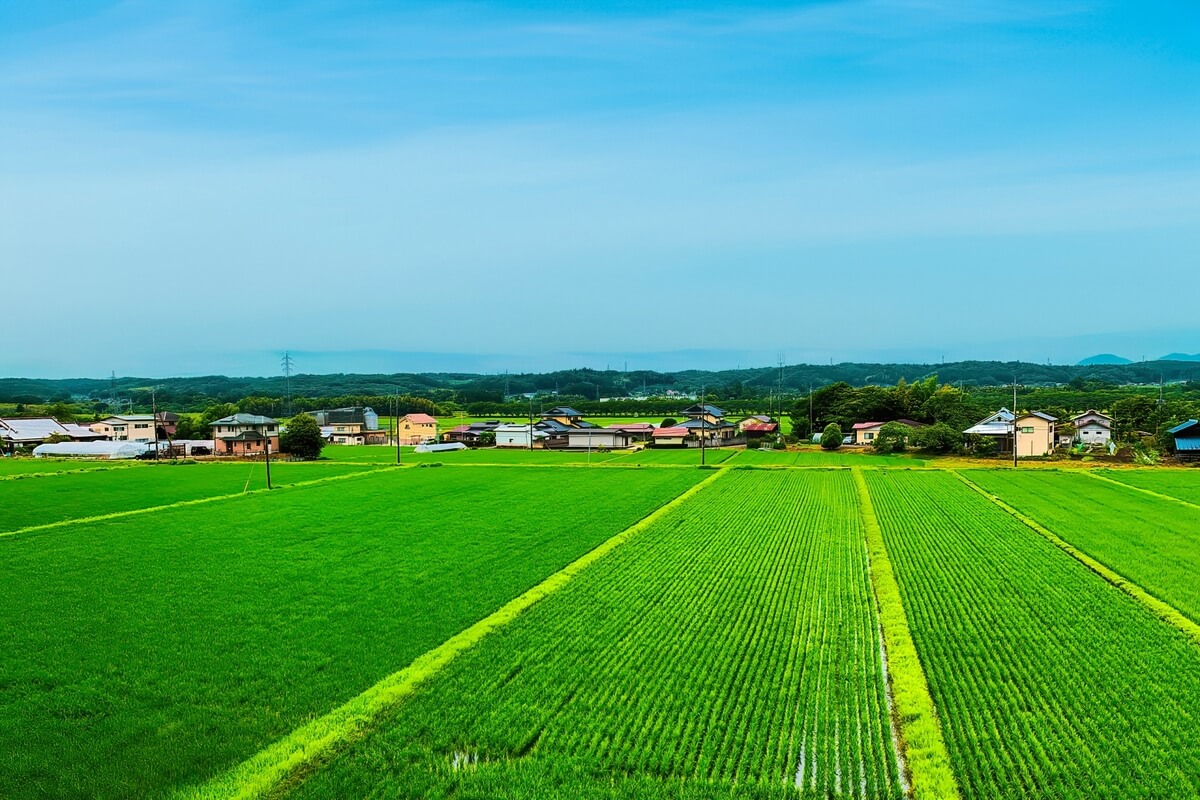
In the Meiji era, when administrative reforms were implemented and the feudal domains were abolished and prefectures were established, Utsunomiya Prefecture came under the jurisdiction of Tochigi Prefecture and the area was divided into many villages. The Great Showa Merger led to the creation of Bato Town and Ogawa Town. In October 2005, the two towns merged to form the present-day Nakagawa Town.
Nakagawa Town is rich in history and culture, and with many ruins and temples remaining, it is also a recommended area for historical tours.
Sightseeing in Nakagawa Town
Bato Hiroshige Museum
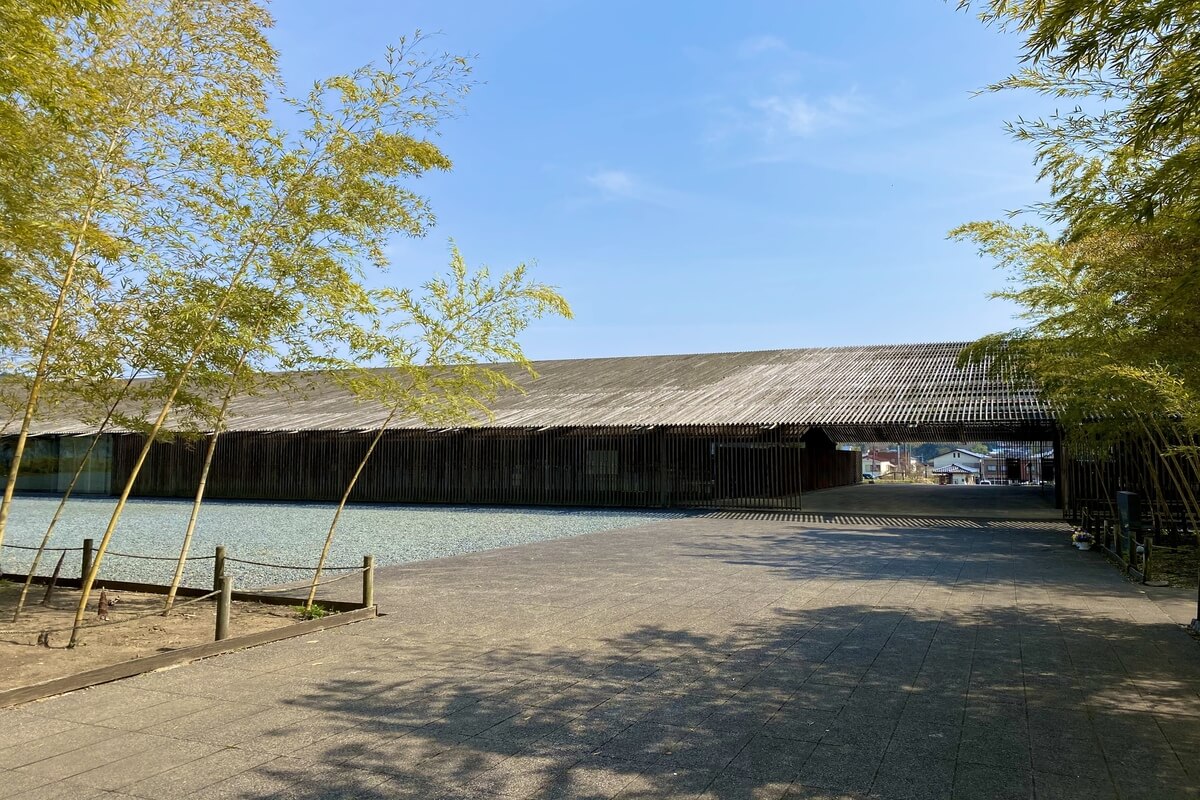
This art museum exhibits original paintings by Utagawa Hiroshige, an ukiyo-e artist from the Edo period, as well as ukiyo-e prints by the Utagawa school. It is mainly made up of works collected by Aoki Tosaku, a businessman from Tochigi Prefecture. Among Hiroshige’s original paintings, the highlights are “Eight Views of Edo” and “Twelve Views of Mt. Fuji,” both of which are designated Important Cultural Properties.
*The museum will be closed during the following period due to renovation work. Please check the official website for details. June 9, 2025 – February 27, 2026
Bato Onsenkyo
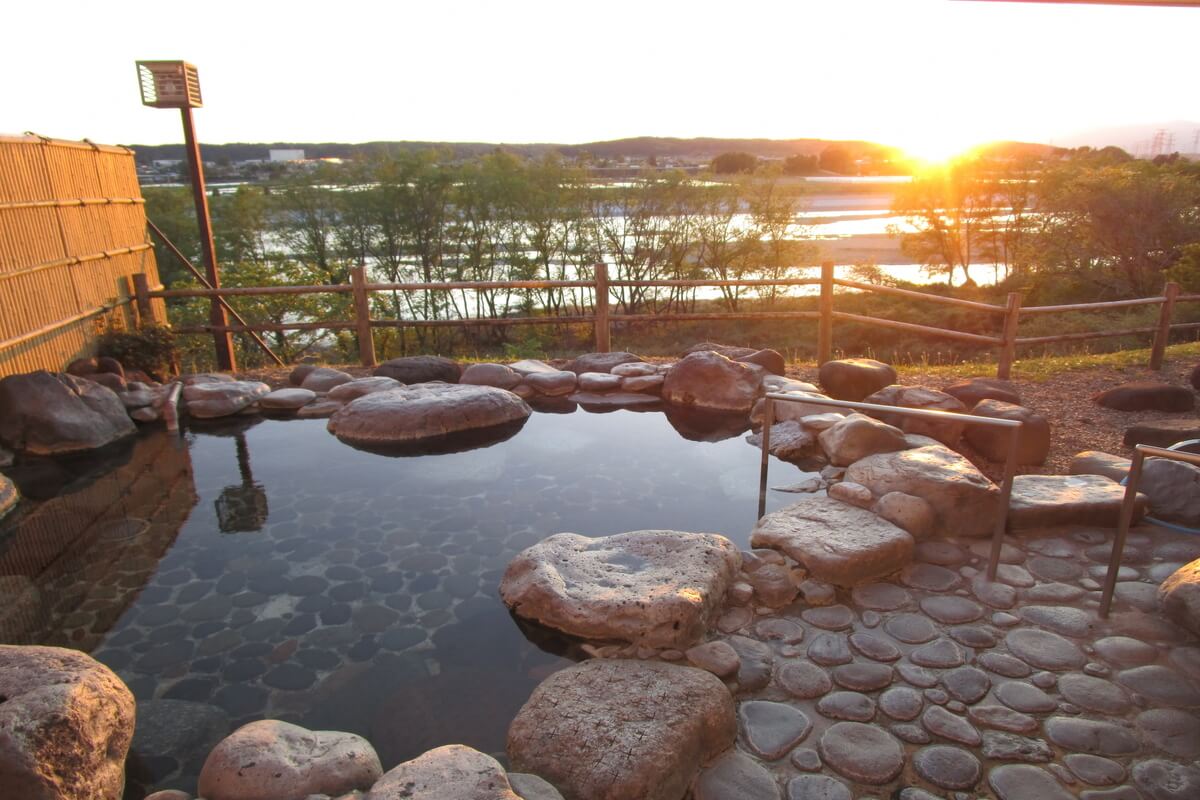
Bato Onsenkyo is dotted with hot spring inns along the Nakagawa River. The alkaline simple hot springs are popular as “beauty baths” because they are effective for beautifying the skin. Many of the hot springs face west, so you can enjoy bathing while watching the beautiful crimson sunset in the evening. You can also enjoy the hot springs as a day trip without staying the night, so why not soothe your body and mind after a day of sightseeing?
Torinoko Sanjyo Shrine
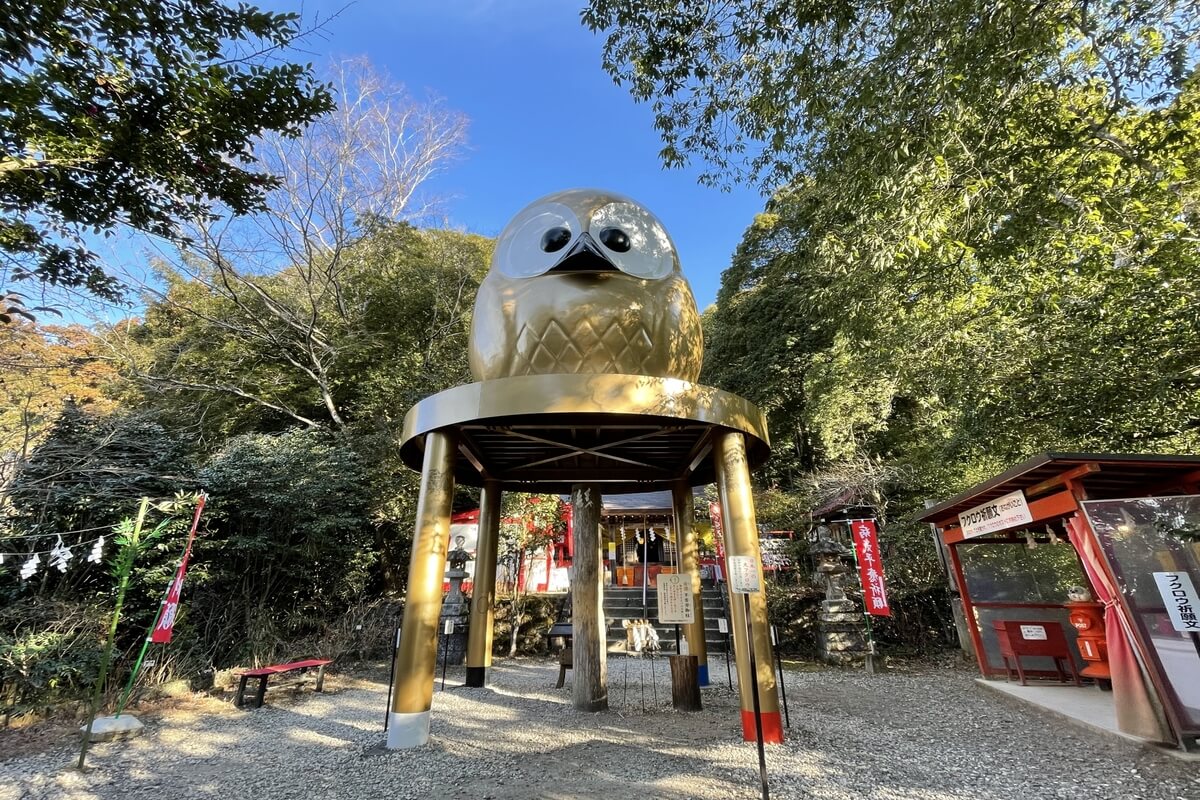
This is a rare shrine that straddles the border with Ibaraki Prefecture. It enshrines the bird god Amenohiwashi-no-Mikoto, and owls are revered as birds that bring happiness. Within the shrine grounds, there are many owl statues, including the largest golden owl statue in Japan. The owl-designed red seals and owl charms are also very cute, so why not take one home as a souvenir to bring good fortune to you?
Katakuriyama Park

Located within the vast Yamizo Prefectural Natural Park, this park is home to the Kanto region’s largest colony of dogtooth violets, numbering 1 million. Dogtooth violets, the town flower of Nakagawa Town, are pretty flowers with pale purple blossoms that bloom downward and are about 4-5 cm in diameter, and are best viewed from late March to late April.
In addition to dogtooth violets, you can also see a variety of mountain wildflowers, such as Asian skunk cabbage and skunk cabbage, depending on the season. There are also walking paths, so it is recommended to go hiking while admiring the flowers.
Catching Ayu (sweetfish)
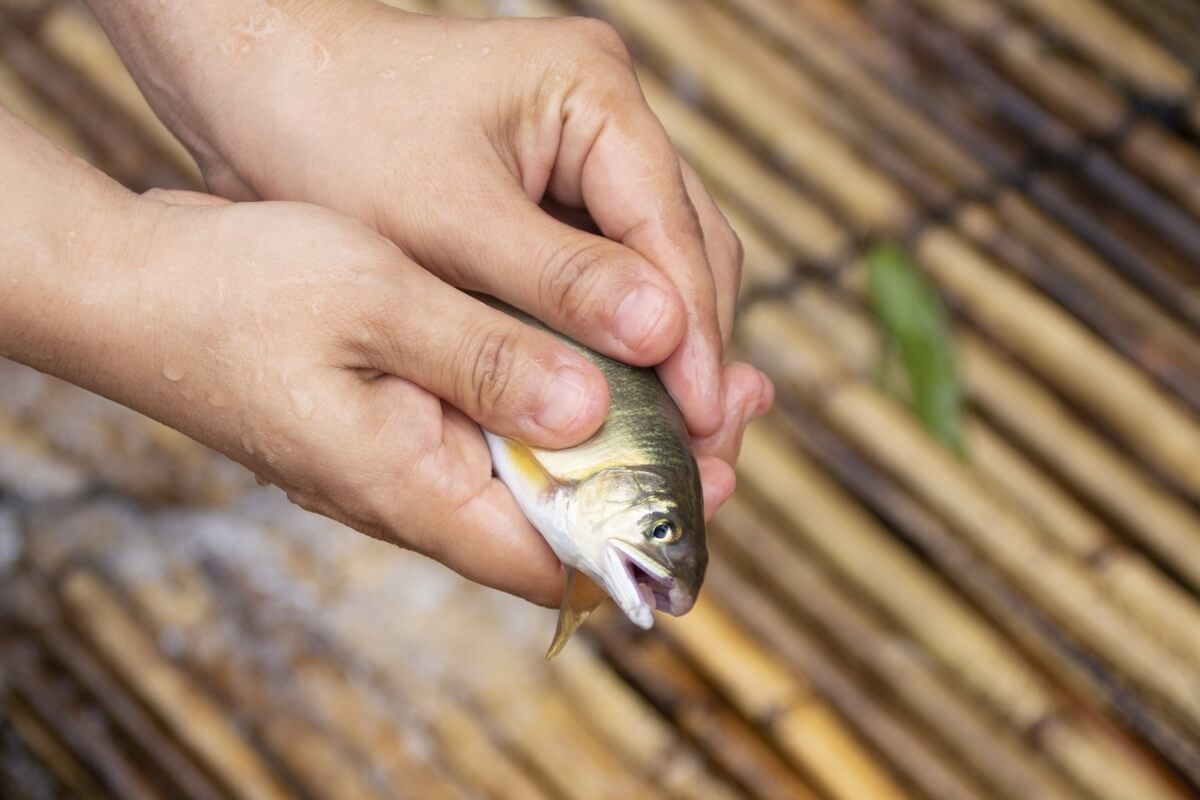
*Image is for illustrative purposes only.
Held every August, Ayu Catching is a summer tradition in Nakagawa Town. It is an event held on the Nakagawa riverbed where you can catch Ayu by hand and eat them salt-grilled on the spot. If you make a reservation in advance online, you will receive a free beef skewer (limited to 500 people).
[Details]
Scheduled date and time: Monday, August 11, 2025 (national holiday) Registration from 8:00 / Start time from 10:00
Opening: Riverbed on the north side of Wakaayu Bridge, Nakagawa Town
Participation fee: Free for preschoolers (accompanied by a guardian)
Elementary school students 500 yen, junior high school students 1000 yen, high school students and above 2000 yen
Advance reservation: From 7/29 (first 500 people)
*Online reservations are limited to 500 people: Free beef skewer
Official website: https://ayu.nakagawamachi.net/
Recommended souvenirs in Nakagawa Town
Koisago-yaki (Koisago ware)
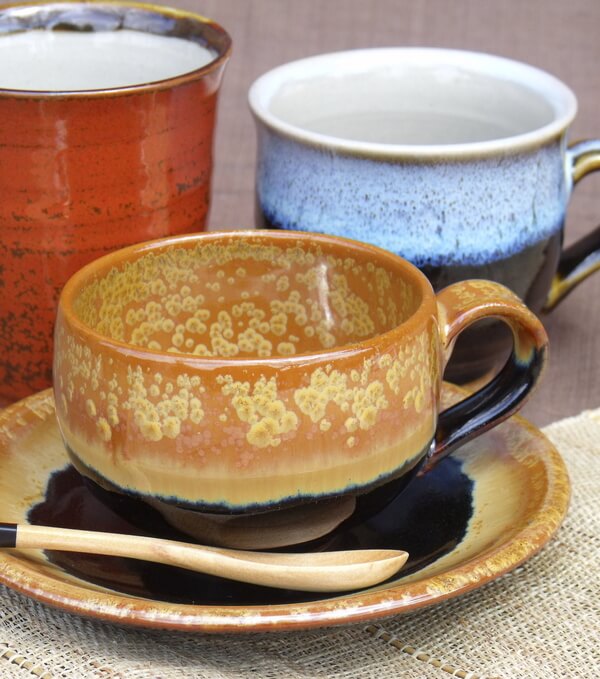
This pottery is made in the Koisago region in the north of Nakagawa Town and is certified as a traditional craft of Tochigi Prefecture. It is said to have begun in 1830 when Tokugawa Nariaki, the lord of the Mito domain, discovered the clay and used it as a raw material for the Mito domain’s official pottery factory. It is characterized by golden specks called “gold crystals,” and many of the pieces combine beauty with a familiar design. In addition to purchasing the works, you can also enjoy pottery and painting experiences.
Ayu (sweetfish) Monaka

*Image is for illustrative purposes only.
This Monaka is inspired by the ayu (sweetfish) that flow through the Nakagawa River. The texture of the thinly rolled and baked mochi skin is an exquisite match with the gently sweet flavor of the bean paste. The sweetfish shape, which evokes the town of Nakagawa, makes it the perfect souvenir. It can be purchased at Chitose-ya, a long-established Japanese confectionery shop in the Bato district.
Nakagawa Town’s local Cuisine
Ayu (sweetfish)
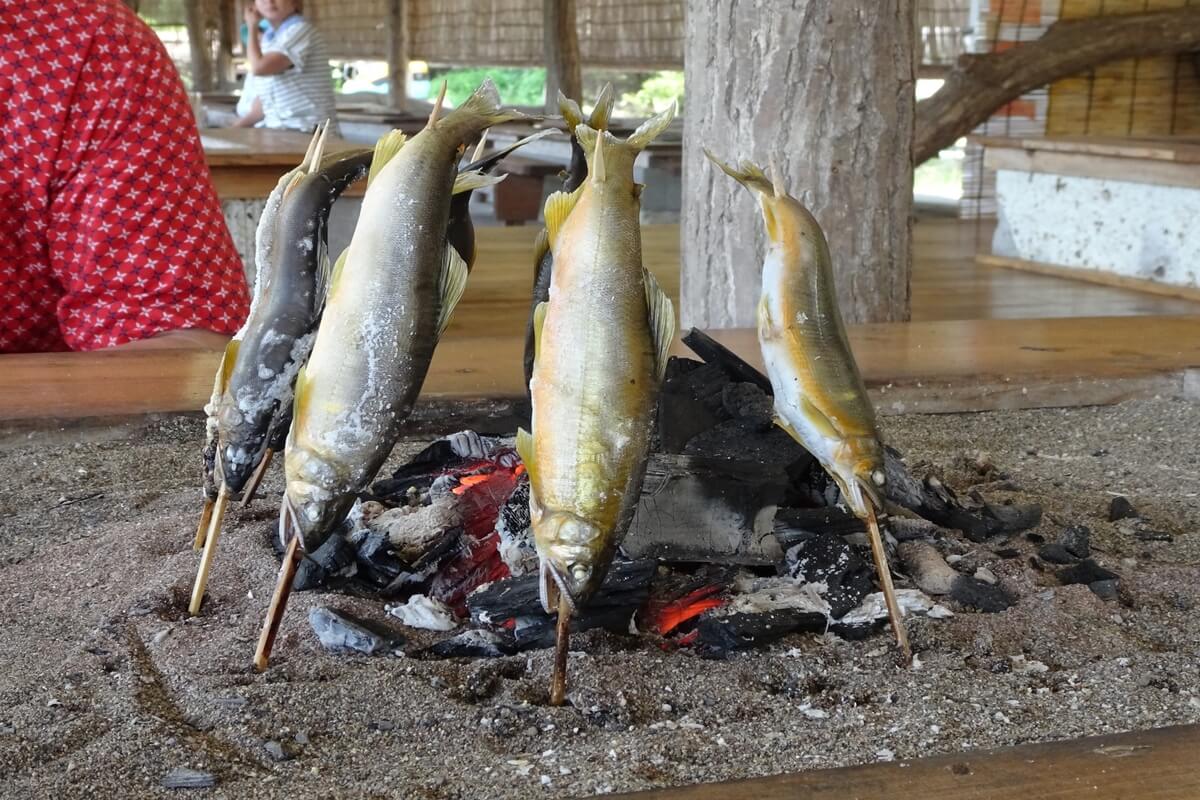
The signature delicacy of Nakagawa Town is wild ayu (sweetfish). Sweetfish grow in the clear waters of the Nakagawa River, feeding on high-quality sphagnum moss, and are characterized by their firm flesh, rich aroma, and rich flavor. They can be eaten every year from June to October, and are especially delicious from June to August, when they grow from young sweetfish and become fatty.
They can be eaten whole, grilled with salt or unglazed, or “Ayumeshi,” made by cooking sweetfish with rice, is a beloved local dish of the Nakagawa region. Enjoy seasonal sweetfish in a variety of ways.
Yamizo Soba
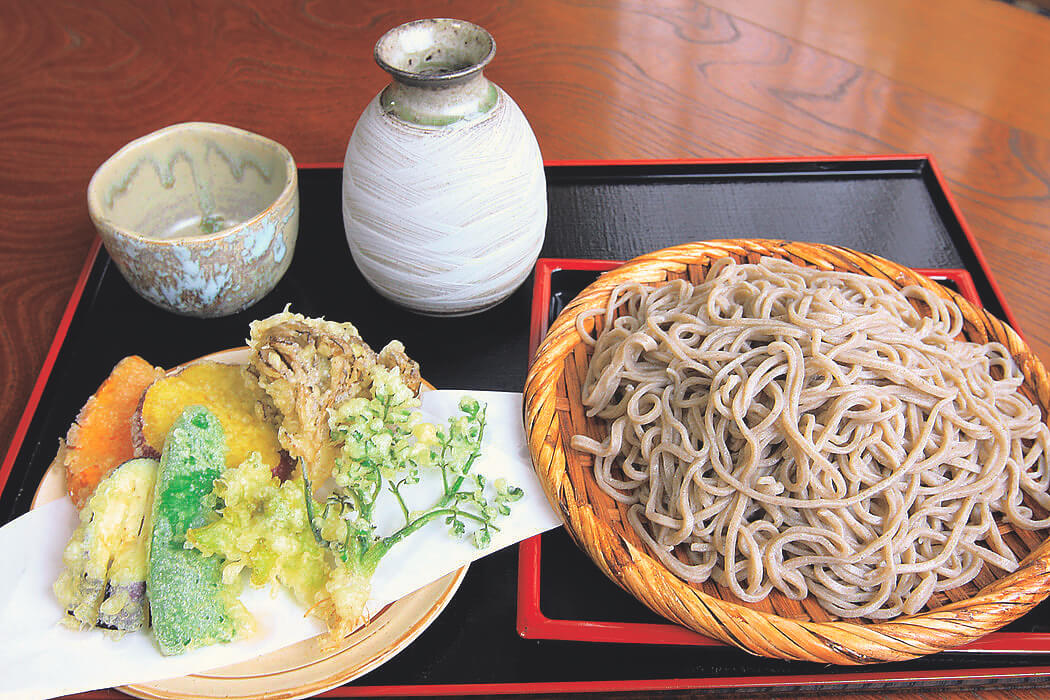
Soba noodles are harvested in the Yamizo region, including Nakagawa-Town. The abundant water resources of the Yamizo mountain range and the temperature differences in the mountainous region make for fragrant, sweet soba noodles. In Nakagawa-Town, you can enjoy exquisite soba noodles at soba restaurants that use locally grown buckwheat flour. There are also facilities where you can experience hand-making soba noodles, so we recommend eating the soba noodles you made yourself.
Let’s forget about everyday life and relax!
Nakagawa Town in Tochigi Prefecture is about two hours by car or three hours by train and bus from Tokyo. If you go a little further from the city center, you can reach the countryside of Japan, rich in nature and blessed with lush mountains and clear rivers. There are many historical buildings, hot spring inns where you can watch beautiful sunsets, and unique gourmet food and souvenirs. If you want to forget the hustle and bustle of everyday life and spend some time relaxing, be sure to visit Nakagawa Town.
